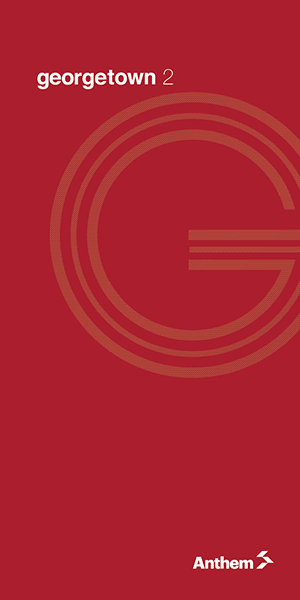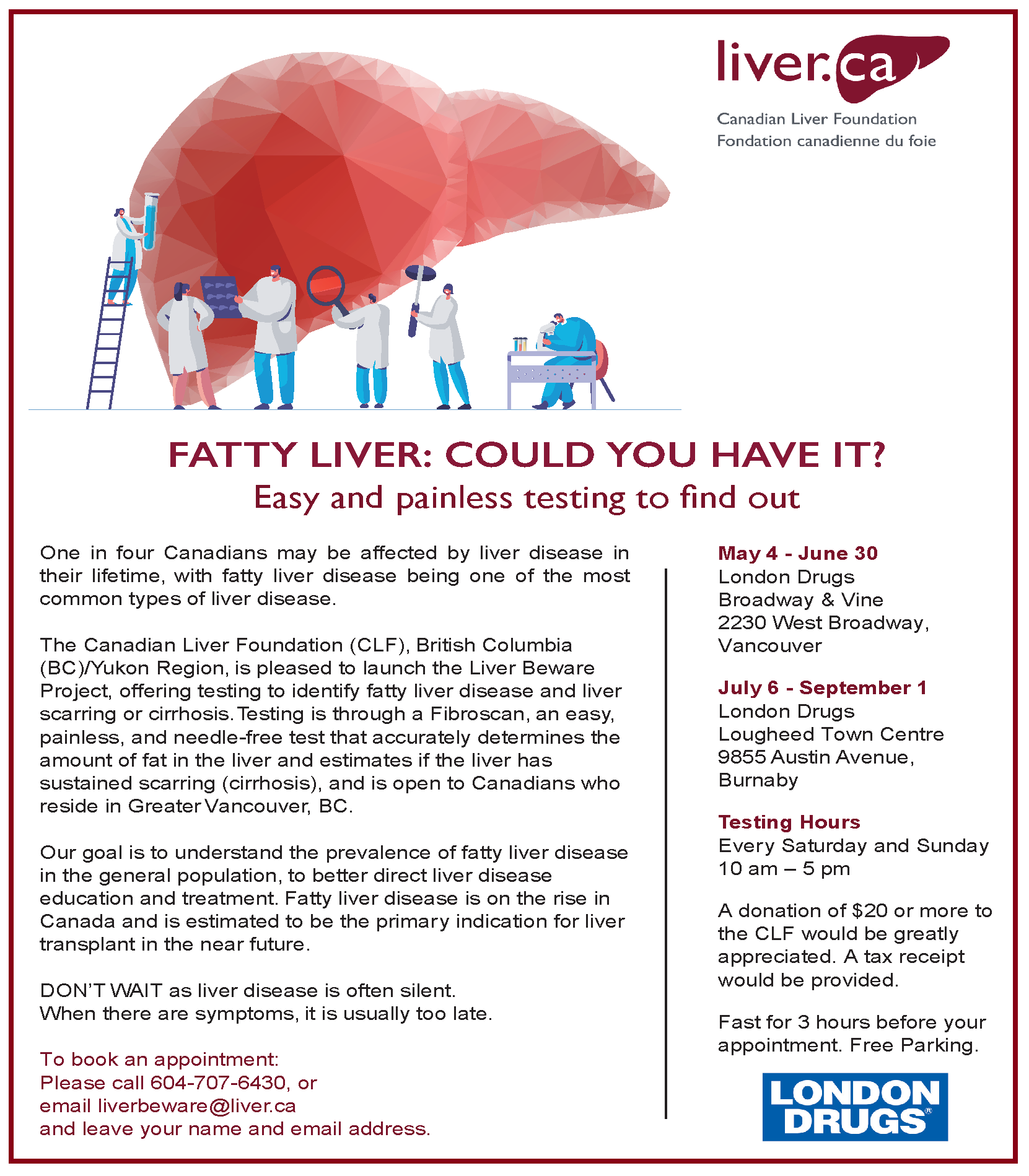
THE proliferation of fake news is transforming the way people, including children, perceive what’s happening in the world around them. Ron Darvin, a lecturer and researcher in the faculty of education, studies digital literacy skills of students in kindergarten through Grade 12. In this Q&A, he discusses the trend of fake news, how to fight it, and what parents can do to make sure their children can tell the difference.
What is fake news?
Fake news has become a catch-all term for everything from hoaxes to conspiracy theories to “alternative facts”. To combat fake news, we have to distinguish it from satire or news that people just don’t want to hear. Fake news is fabricated, deceptive or distorted information meant to mislead the public. Motivations for fake news can be political or to promote self-interests, while others do it to get their five minutes of fame. For some, fake news is a business. Digital ads generate profits, and websites with sensational fake news are paid for every click that they get.
What are some ways people can combat fake news?
While this feature hasn’t made its way to Canada yet, Facebook has started rolling out a third-party fact-checking tool in the U.S. and Germany that will label fake news shared on the network as “disputed”. Google Chrome extensions include something called a “B.S. Detector”, which displays a red warning when you’re about to share something from a questionable source. Fact checking sites like Snopes and Politifact can also be valuable resources. A site called Hoax Slayer combats email scams and debunks hoaxes that have gone viral.
Apart from using these tools, users should also know how to examine online texts more closely. This would include understanding the political leanings of certain news sites, analyzing domain names or URLs to make sure they are legitimate, or recognizing poor web design. Consuming news effectively requires the audience to be vigilant about what they are reading, listening or watching, and figuring out who created this content and for what purpose.
How can parents teach their kids about fake news?
Kids have two worlds: offline and online. More than parents just asking their child: “How was school today?” they should also ask them what they’ve read online, on Facebook, or seen on Snapchat that day. Parents can role model digital literacy skills to their children, and provide them with the right tools to verify what’s online. They have to surround them with legitimate news sources and help them learn how to distinguish fact from opinion at a young age.
How is this era of post-truth affecting kids today?
Fake news has consequences and important implications for whom we elect, the laws we pass, and the kinds of choices we make in our lives. Without the right critical tools, our kids can become not only victims of fake news, but also promoters of it, by indiscriminately sharing things online.
In a culture of clickbait, emotions rather than facts can shape public opinion. It becomes easier for us to rely on what feels right, rather than to figure out what is right. The irony of social media is that while it’s supposed to open doors to the rest of the world, it can actually usher us into filter bubbles where we hear what we want to hear. Facebook profits when we keep clicking, liking and sharing stuff online, so their algorithms make sure that what pops up on our newsfeed will make us comfortable enough to keep coming back. This bubble and what we fill it with naturally shapes the way our kids will think about the world.











